This Mexican Petunia is offered for sale by way of cuttings & rhizomes at $8 each in lots of 5. Small plants are offered at $18 each in lots of 5
Add $16 to the order to cover pack/post.
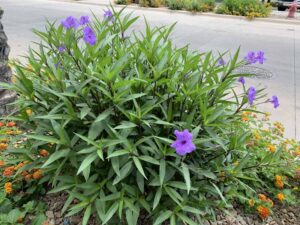
Ruellia simplex is an in lots of 5. Evergreen perennial growing 3 ft (0.91 m) tall, forming colonies of stalks with lance-shaped leaves that are 6 to 12 in (15 to 30 cm) and .5 to .75 in (1.3 to 1.9 cm) wide. Trumpet shaped flowers are metallic blue to purple, with five petals, and 3 in (7.6 cm) wide. There is a dwarf variety that is only 1 ft (0.30 m) tall.
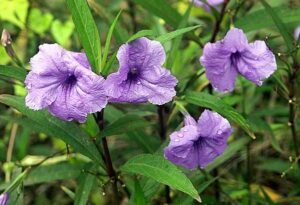
Ruellia simplex, the Mexican petunia, Mexican bluebell or Britton’s wild petunia, is a species of flowering plant in the family Acanthaceae. It is a native of Mexico, the Caribbean, and South America.
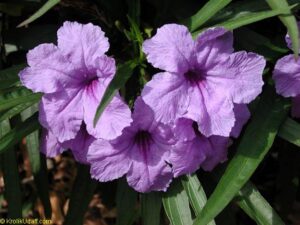
Sadly, each lovely flower lasts just a day. But fret not – the plant produces a succession of profuse two-inch flowers daily. Interestingly, the stem of this plant becomes more purple when it’s in bright light, as opposed to when it’s grown in a shady area, where the stem stays fairly green.
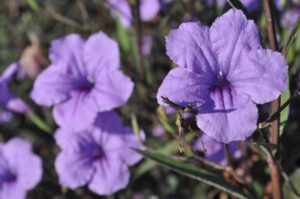
As with so many of our favorite botanicals, this one comes with a host of aliases.
Though not closely related to petunias, many know the plant as Britton’s wild, Texas petunia, or sometimes even Mexican bluebell.
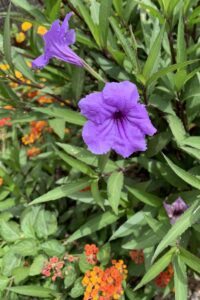
Scientifically, it’s been labeled R. brittoniana, R. coerulea, R. malacosperma, and R. tweediana, though today’s taxonomists are in agreement that R. simplex is the correct moniker.
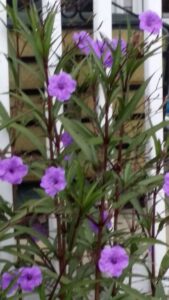
The plant is native to Mexico and South America, and has naturalized in Hawaii and from South Carolina to Texas, where gardeners appreciate it greatly.
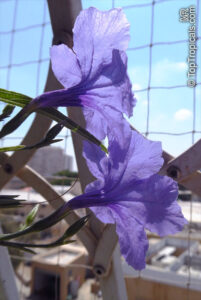
Butterflies like it too – it attracts swallowtail, brush-footed, and monarch butterflies eager to enjoy the flowers’ nectar.

The plant is named for Jean de la Ruelle, a late 15th- to early 16th-century French herbalist and physician to King Francois.
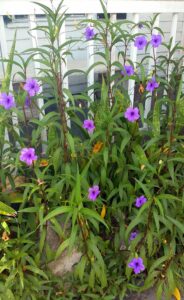
You can also propagate this plant via purchased seeds, cuttings, or division.
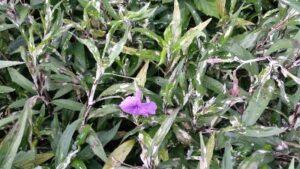
Prepare a clean four-inch pot with a mix of perlite and peat moss and moisten the mixture. Make a two-inch-deep hole in the potting mix with a pencil.
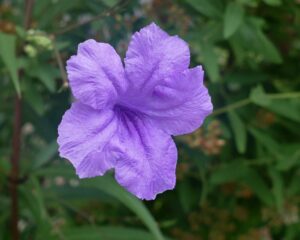
Dip the cut end of the cutting into a powdered rooting hormone, and place the cutting into the hole you made in the potting mix.
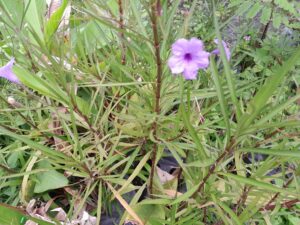
Place your potted cuttings in bright, indirect light, and keep them moist. After roots are established, you can transplant them outside.
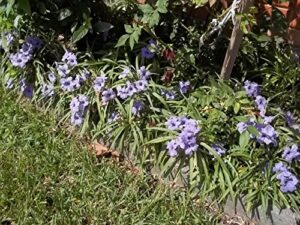
Division
To divide this plant, loosen the soil around the area, and then dig around the clump you wish to excise.
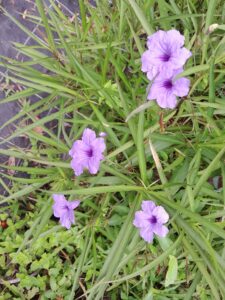
Lift out the clump and, using a shovel, slice the crown of the plant into several pieces.
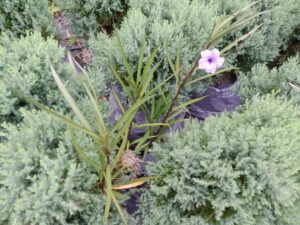
Place your transplants into holes the same depth as the root balls of your clumps and twice as wide. Spread the roots out in the holes.
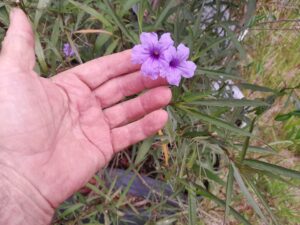
Cover the roots with dirt and water thoroughly; continue to water well for several weeks until well-established.
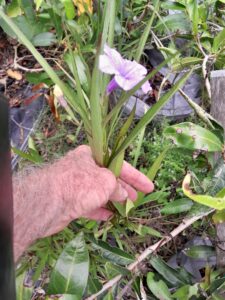
As with most plants, you’ll want to treat them to regular, deep waterings immediately after transplanting, which you’ll do in springtime, and then you can back off the watering if you like.

You would do well to add this purple-blooming beauty to your garden.Henry
 Any questions or if buying, contact me HERE
Any questions or if buying, contact me HERE
![]()

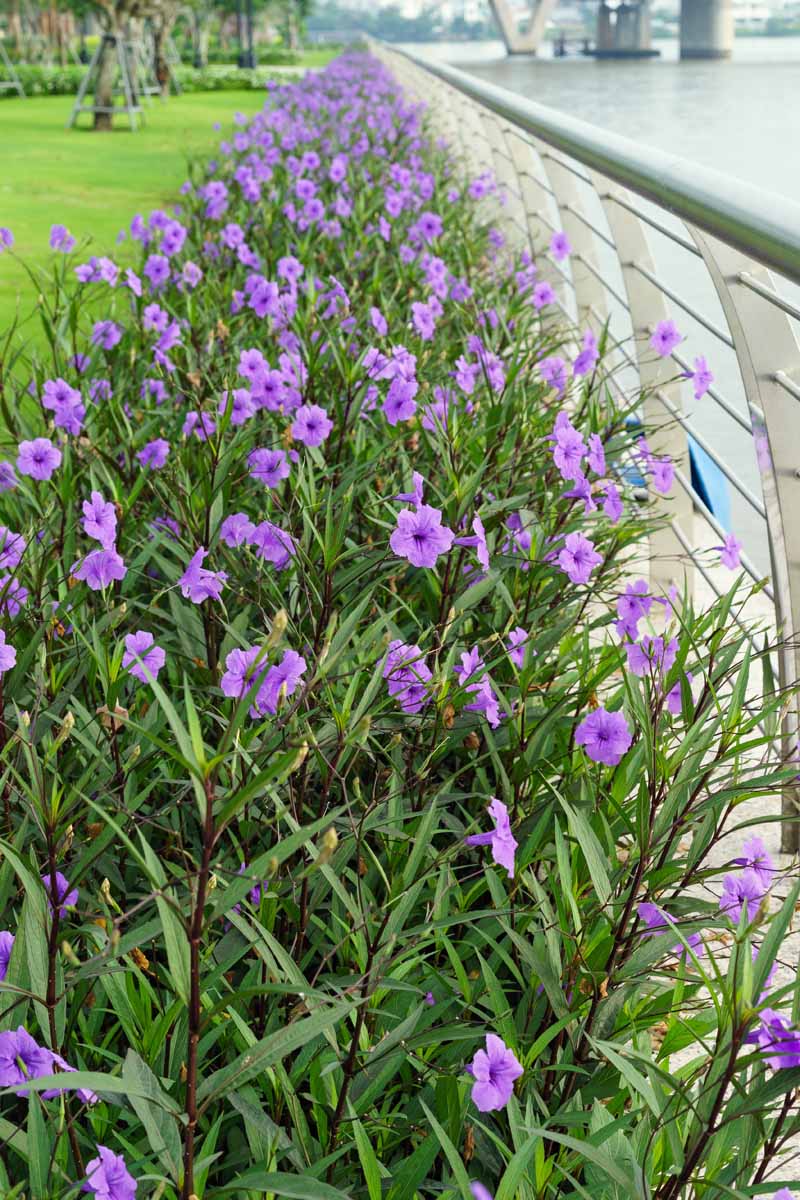
Recent Comments